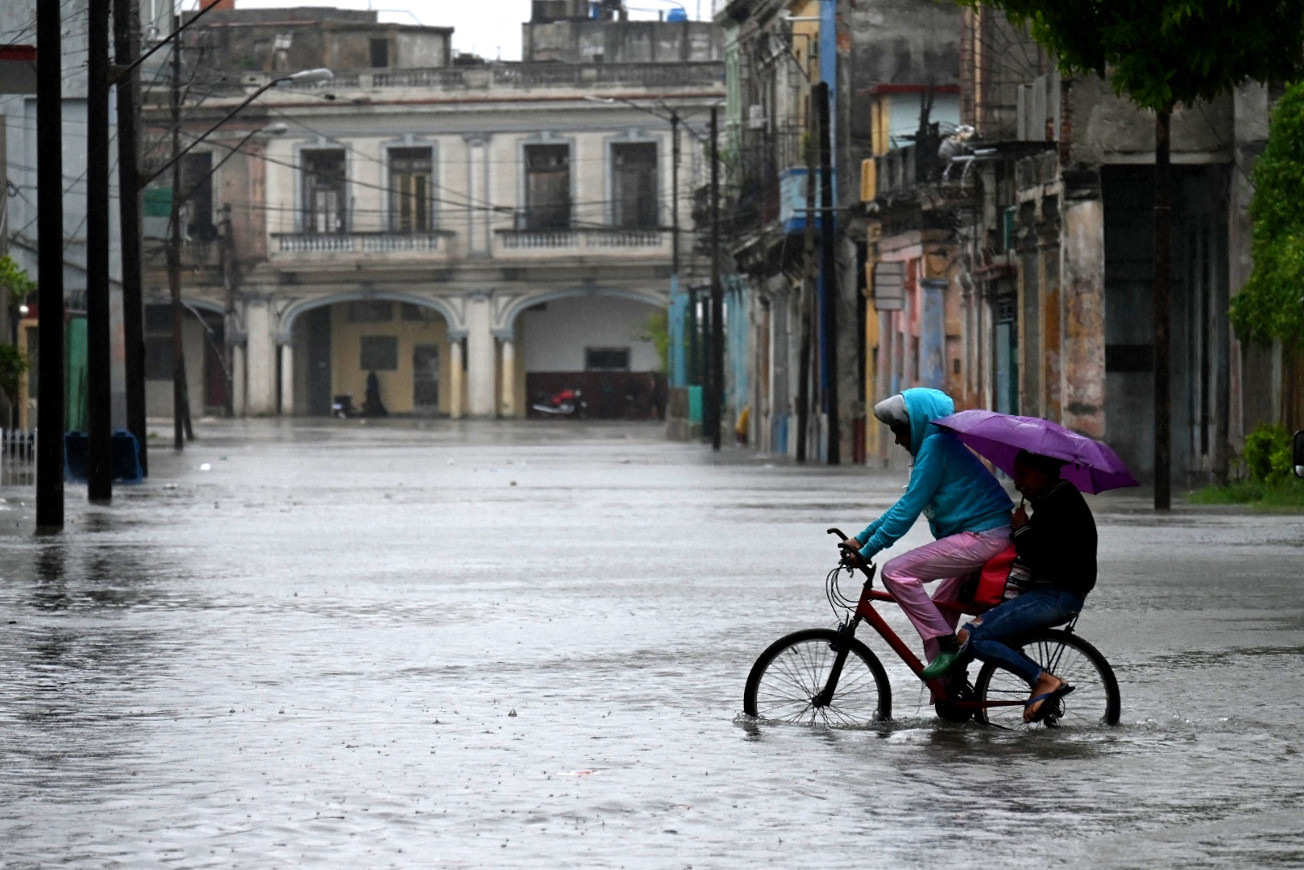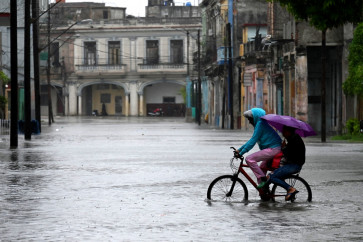Popular Reads
Top Results
Can't find what you're looking for?
View all search resultsPopular Reads
Top Results
Can't find what you're looking for?
View all search results
- Jakarta
- Fri, September 1, 2023
Change text size
Gift Premium Articles
to Anyone
Work It Right is a weekly column that provides practical and insightful advice on the complexities of urban transportation.
While on a lengthy trip to Bogota last July, I took advantage of the more than 24 hours in the air to watch movies on the plane's entertainment system. One movie that particularly caught my attention and left a deep impression on me was called Survival Family.
In the Japanese post-apocalyptic film, a solar flare causes a worldwide power outage, which leads to chaos in Tokyo. Cars and other motorized vehicles are rendered obsolete, and, in the panic, residents decide to return to an older form of transport, the bicycle.
The movie focuses on a family of four whose poor communication creates familial conflict before the apocalypse hits. Because of miscommunications, they struggle to adapt to the situation. Fortunately, they manage to get three bikes, and after realizing that food and water stocks are slowly running out, they decide to go to another city by bike, in hopes of finding help.
My favorite scene is when the family approaches the highway; the road is already full of people on bikes with the same purpose, to get help in another city. It is amusing to see the emotional development of the characters. At one point, they even seem upset when they realize that their idea to travel by bicycle was shared by thousands or millions of other people.
The expressions on their faces slowly change as they see people cycling freely and ringing their bike bells on the highway. And then they felt relieved because they finally met people with the same fate. Not long after, their bicycle pedals were getting faster, and they were screaming to release their fatigue.
This is not the first time that bicycles have been chosen as the preferred method of transportation during a crisis. In the movie Testament (1983), bicycles play an essential role amid a nuclear attack. In World War Z (2013), soldiers use bicycles to escape from zombies because cycling is quiet and therefore does not alert the zombies to their whereabouts.
As an important vehicle in times of crisis, the bicycle serves as a savior in both the fictional and actual worlds.
During the worst parts of the COVID-19 pandemic, we experienced a “bicycle boom”, in which bicycle sales dramatically increased. Increased anxiety over virus transmission on public transportation and a surge in exercise led people to choose one of the most basic forms of mobility, the bicycle.
When a massive earthquake hit Japan in 2011, the use of bicycles increased dramatically. Japanese people relied on bicycles because of damaged roads that cars could not use, as well as a lack of electricity and public transportation. One supermarket, a common place for Japanese people to buy bicycles, reported 89 bikes sold in just three hours compared with 200 bicycles sold in a week during normal conditions.
The bicycle also symbolizes “mobilizing in crisis” in Haiti.
The overthrow of Haiti's first democratically elected president in September 1991 propelled Haiti into its worst crisis since widespread protests brought down the 29-year dictatorship of the Duvalier family in 1986.
In 1993, the Institute for Transportation and Development Policy (ITDP) initiated “Mobility Haiti” to ship used donated bicycles, spare parts and shop tools to provide direct health care services to more than 400 remote villages. The donated materials were used for innovative designs, including the “Haitian Hauler”, a human-powered ambulance that involved a stretcher on a chassis with one wheel under the patient, and the “Trailing Edge,” a bicycle trailer that could be converted into a hand cart to transport medical supplies.
ITDP also helped set up a training center at the Albert Schweitzer Hospital in the town of Deschapelles, known as The Laboratwa Esperance, to teach local people how to assemble, repair, design and build non-motorized vehicles to support the mobilization of goods, medical supplies and people. Whether facing a pandemic, a natural disaster, or a zombie apocalypse, bicycles are undoubtedly one of the solutions.
Secure your bike, now!
***
The writer is senior communications and partnership manager at the Institute for Transportation and Development Policy (ITDP).
Have a question about urban transportation? Send it to wir@thejakartapost.com with your name and current location (anonymous submissions will also be considered). Please note that The Jakarta Post reserves the right to edit your letters for publication.









